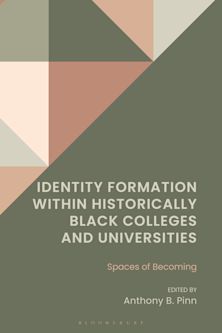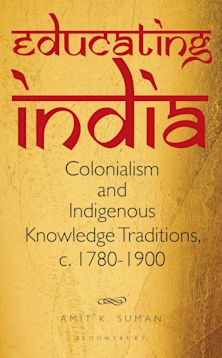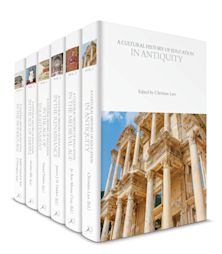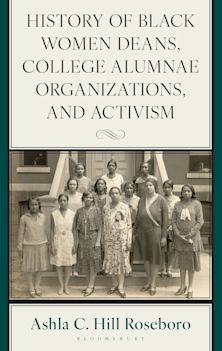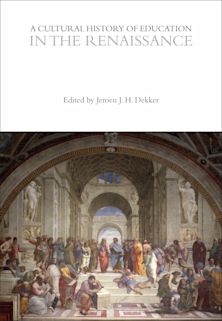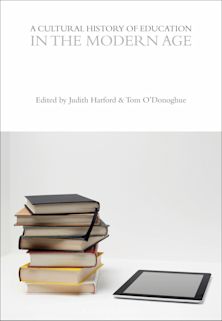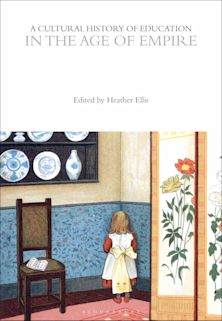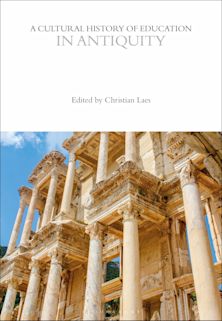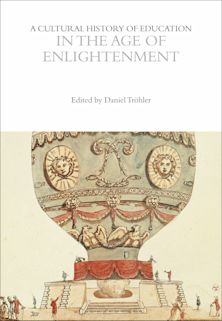- Home
- ACADEMIC
- Education
- History of Education
- Connecting the Dots in World History, A Teacher's Literacy-Based Curriculum
Connecting the Dots in World History, A Teacher's Literacy-Based Curriculum
From Human Origins to Constantine, Volume 1
Connecting the Dots in World History, A Teacher's Literacy-Based Curriculum
From Human Origins to Constantine, Volume 1
This product is usually dispatched within 3 days
- Delivery and returns info
-
Free CA delivery on orders $40 or over
You must sign in to add this item to your wishlist. Please sign in or create an account
Description
In his previously written articles and books, Chris Edwards has argued that teaching should be considered a field that is separate from both the field of education and from the content area fields. Teaching is a field which synthesizes content and method for classroom application. All of the other major intellectual fields have a canon of works which practitioners can learn from and add to, but teaching does not. The Connecting the Dots in World History: A Teacher’s Literacy-Based Curriculum series changes this by showing how effective a teacher-generated curriculum can be. These books can inspire other teachers to create their own curricula and inspire a change in the way that the public views teachers and teaching.
Table of Contents
Introduction
Chapter 1: Human Migrations
Chapter 2: The Dots Form
Chapter 3: Greece
Chapter 4: The Wars
Chapter 5: Greek Philosophy
Chapter 6: Alexander’s Era
Chapter 7: Rome
Chapter 8: The Han
Chapter 9: From Republic to Empire in Rome
Chapter 10: After Caesar
Chapter 11: Judaism, Christianity, and Constantine
Appendix
References
Product details
| Published | Oct 16 2015 |
|---|---|
| Format | Paperback |
| Edition | 1st |
| Extent | 168 |
| ISBN | 9781475821451 |
| Imprint | Rowman & Littlefield Publishers |
| Dimensions | 233 x 150 mm |
| Series | Connect the Dots History of the World |
| Publisher | Bloomsbury Publishing |
About the contributors
Reviews
-
Kudos to Dr. Edwards for blending historical content, critical thinking, and methodology. The individual “dots,” accessible and engaging on their own, are connected in such a way that students are presented with a much broader view of world (western) history. This is a gift to teachers who struggle with translating history into meaningful and manageable units without losing the larger picture.
Charles Guthrie, Professor Emeritus, History, University of Indianapolis















